There are very few things that I love more than baking homemade bread; the way it makes my house smell as it rises in the oven, the bubbles that form in the dough as a result of the fermented starter I spent months building, the excitement and the feeling behind the knife as you slice into a loaf, getting a first look at the crumb. And the taste. Good bread is perfect on its own and doesn’t need to act as a vehicle for other ingredients. I didn’t grow up with loaves of steaming, homemade bread being pulled from the oven, yet I can say without a doubt that I have had a lifelong love affair with bread.
I started baking bread for the same reasons that I decided to make homemade nut butter and paneer. Creating food with your own two hands is a bit of a rebellious act. Sometimes it’s simple curiosity, trying to create a staple that in this day-and-age is almost always purchased and pre-packaged at the store. And sometimes, like with the paneer and with real sourdough, I can’t find what I am looking for, so instead, I make it myself.
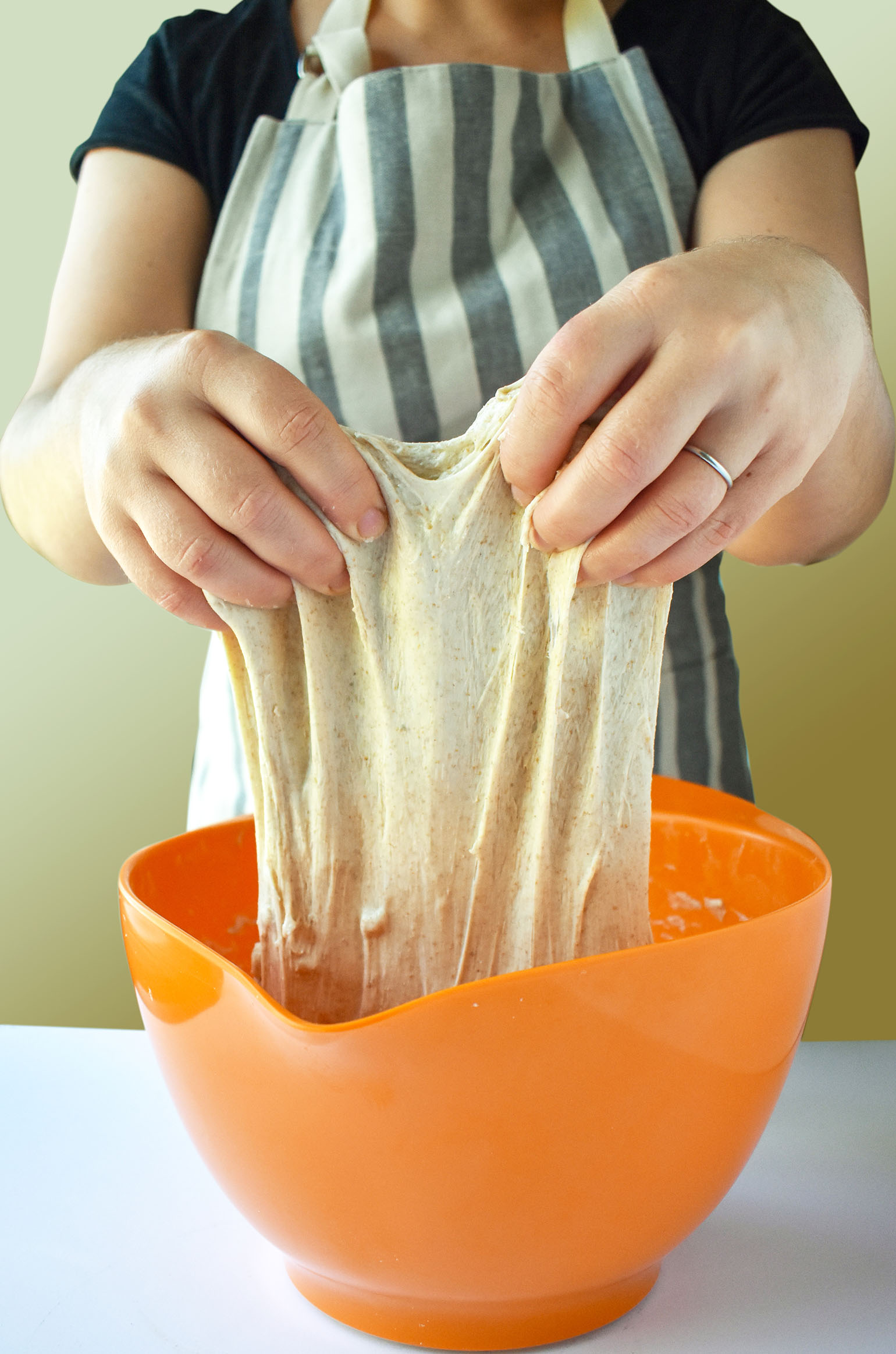 When I tell people that I bake bread, or when I give them a loaf, I almost always receive a surprised response. As a whole, Americans are spending far less time standing over a stove and preparing food as they use to. But I think what’s surprising to people when they hear that I bake bread, isn’t that I’m cooking or making food, but that I’m making something that’s truly so basic, and that most people would never think to make in their own kitchen. Of course, if you’ve ever made bread, especially sourdough, you know that it is anything but basic.
When I tell people that I bake bread, or when I give them a loaf, I almost always receive a surprised response. As a whole, Americans are spending far less time standing over a stove and preparing food as they use to. But I think what’s surprising to people when they hear that I bake bread, isn’t that I’m cooking or making food, but that I’m making something that’s truly so basic, and that most people would never think to make in their own kitchen. Of course, if you’ve ever made bread, especially sourdough, you know that it is anything but basic.
Something I love about bread is that it’s enjoyed globally and the act of breaking bread around a dinner table is done worldwide. Different flours and cooking methods are used, based on availability and cultural tradition, yet it’s the same act of combining flour and water.
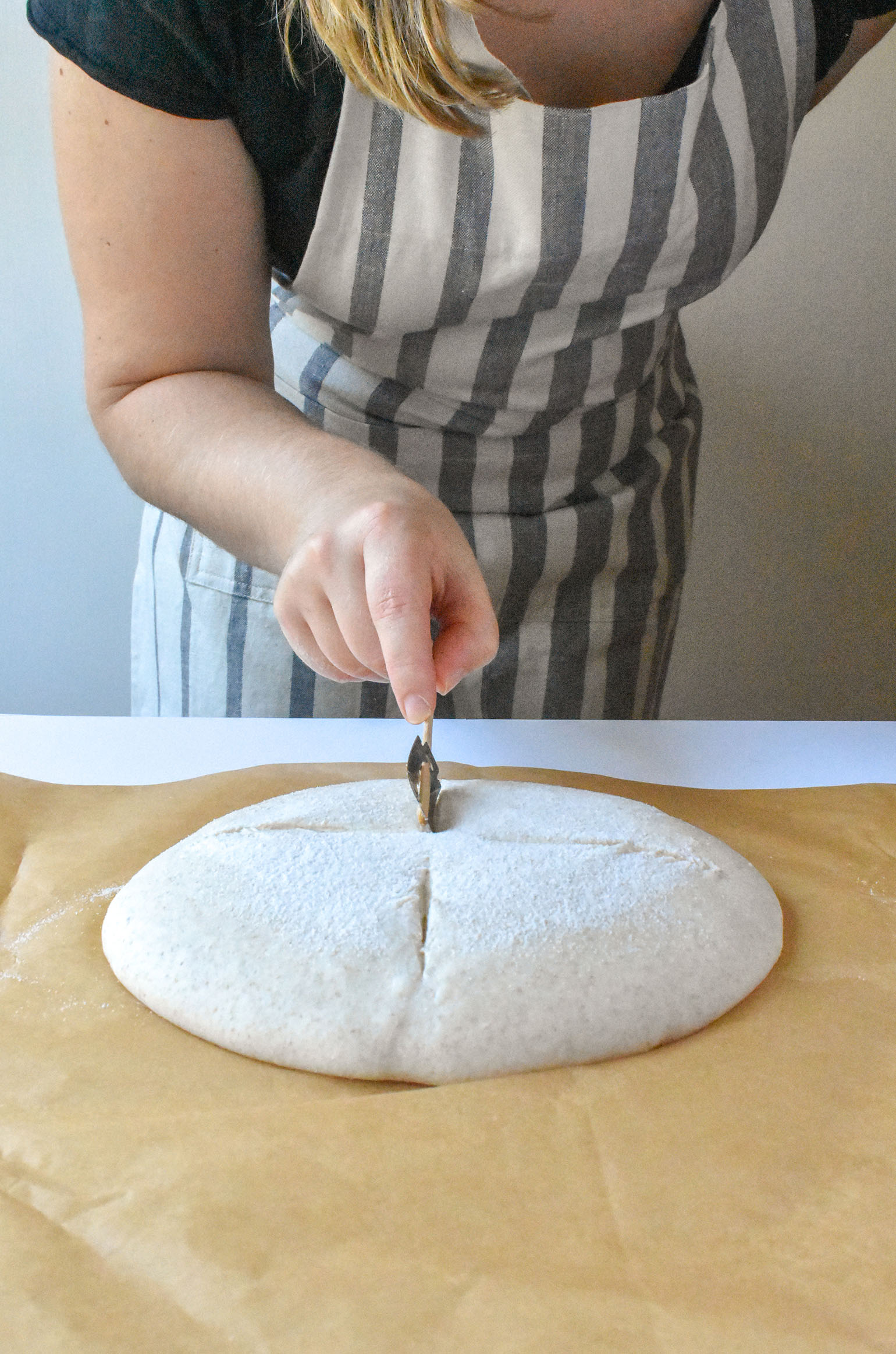 We live in a world of immediacy and convenience. You can get your groceries delivered within an hour, you can order pretty much anything on the internet and have it within 1 day, and you can even order a pizza from Dominos by simply tweeting the pizza emoji. Convenience has its place, no doubt, but baking bread is far from convenient. From start to finish, I spend about 30 hours on 2 loaves of bread. Some things are worth the inconvenience and the additional time it takes to create them. The reward of pulling a fresh loaf of homemade bread out of your oven is worth the extra time. Being able to say, “I made this” is worth any inconvenience.
We live in a world of immediacy and convenience. You can get your groceries delivered within an hour, you can order pretty much anything on the internet and have it within 1 day, and you can even order a pizza from Dominos by simply tweeting the pizza emoji. Convenience has its place, no doubt, but baking bread is far from convenient. From start to finish, I spend about 30 hours on 2 loaves of bread. Some things are worth the inconvenience and the additional time it takes to create them. The reward of pulling a fresh loaf of homemade bread out of your oven is worth the extra time. Being able to say, “I made this” is worth any inconvenience.
It makes sense that to take something, like storebought bread that has a lengthy paragraph of ingredients, and to make the same thing (but on a whole other level of delicious) using only 3 ingredients would require time, love, and patience. Looking back, sourdough bread seems so daunting, especially in comparison to bread using active yeast, but I think I stepped into the process so clueless, that I never felt overwhelmed. While I don’t have a recipe to share with you for making your own sourdough, I do want to give you the resources that I have found to be most helpful.
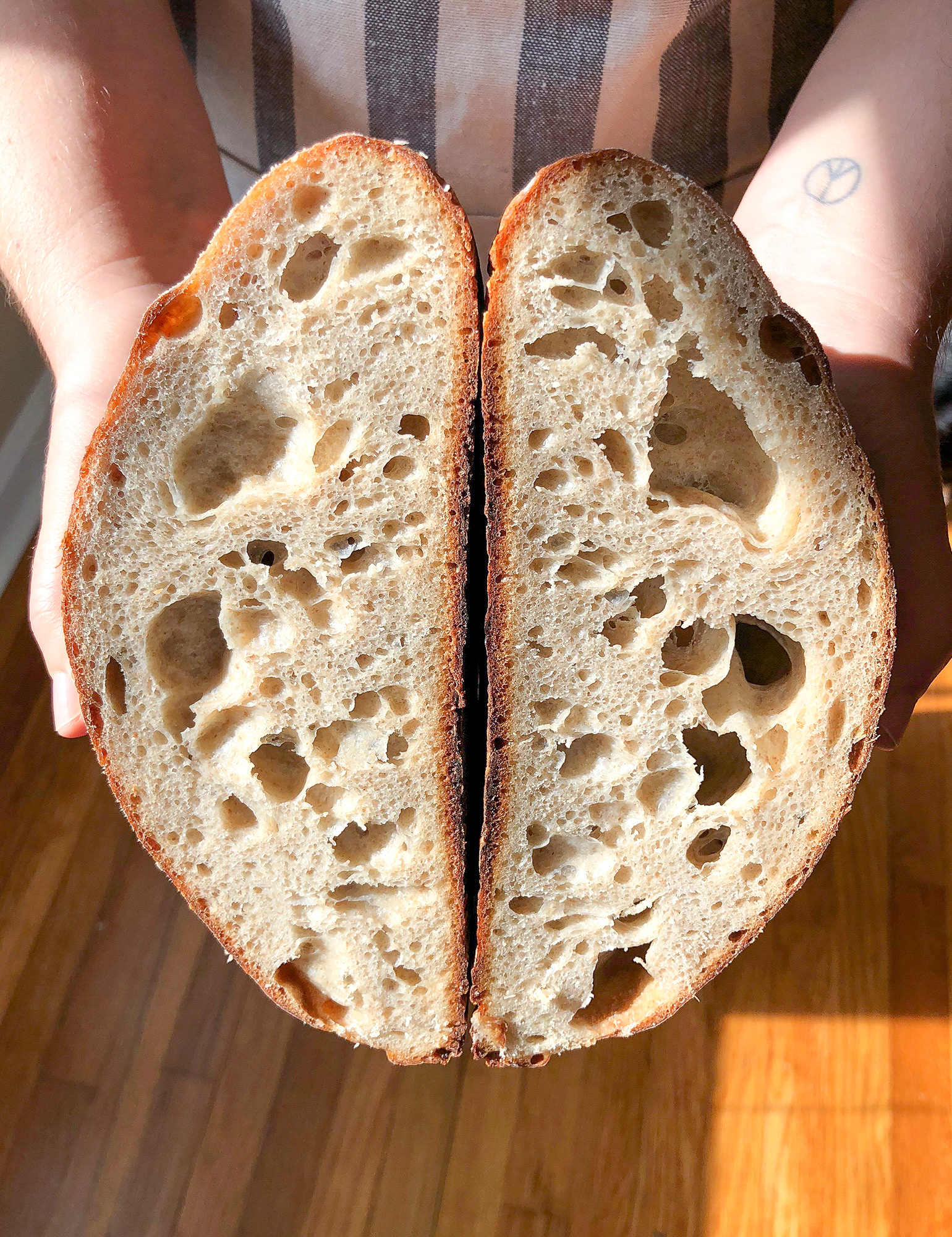 Bread Baking Resources
Bread Baking Resources
Artisan Sourdough Made Simple by Emilie Raffa
This book is what helped me to create my sourdough starter and is an excellent resource for beginners with step-by-step photos of forming and shaping dough, as well as really yummy recipes.
Bread Toast Crumbs by Alexandra Stafford
If you are interested in baking bread, but sourdough seems a bit crazy, Alexandra’s book is fantastic and makes bread baking super simple.
The Perfect Loaf- Blog written by Maurizio Leo
This blog has been beyond helpful for me- it’s full of numbers and science, but don’t let that deter you. I still make Maurizio’s Beginner’s Sourdough every single Friday because it is just so good.
Bench Knife
This Oxo bench knife is great for baking, but also for general meal prep as it has a ruler along the edge and I like using it to transfer vegetables into a pan.
Dutch Oven
I love my Le Creuset Dutch oven and the 5.5 (or labeled as 26) qt Dutch oven has been the perfect size for baking bread.
Instant read thermometer
I use this thermometer with every single loaf of bread I bake. It reads super quickly, and I love the yellow color.
Oven thermometer
I have yet to live in a house or apartment with an oven that’s even remotely accurate. Definitely get an oven thermometer if you don’t already have one.
Double edge razor blades
These are what I use to score my bread. Yes, you can buy a fancy bread lame, or you can just put one of these on a wood coffee stirrer. This is what I’m using in the photo above.
Rye flour
Baking sourdough bread doesn’t call for any special flours, but rye flour has truly helped my starter and while I have found it at my regular grocery store, it can be a bit tricky.
If you haven’t made homemade bread, or even if you have, and you have any questions, please ask away!
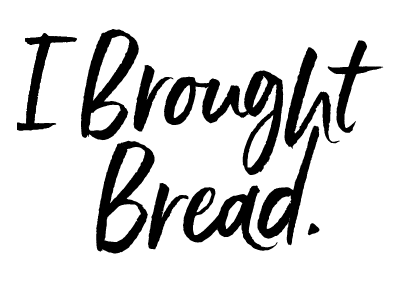
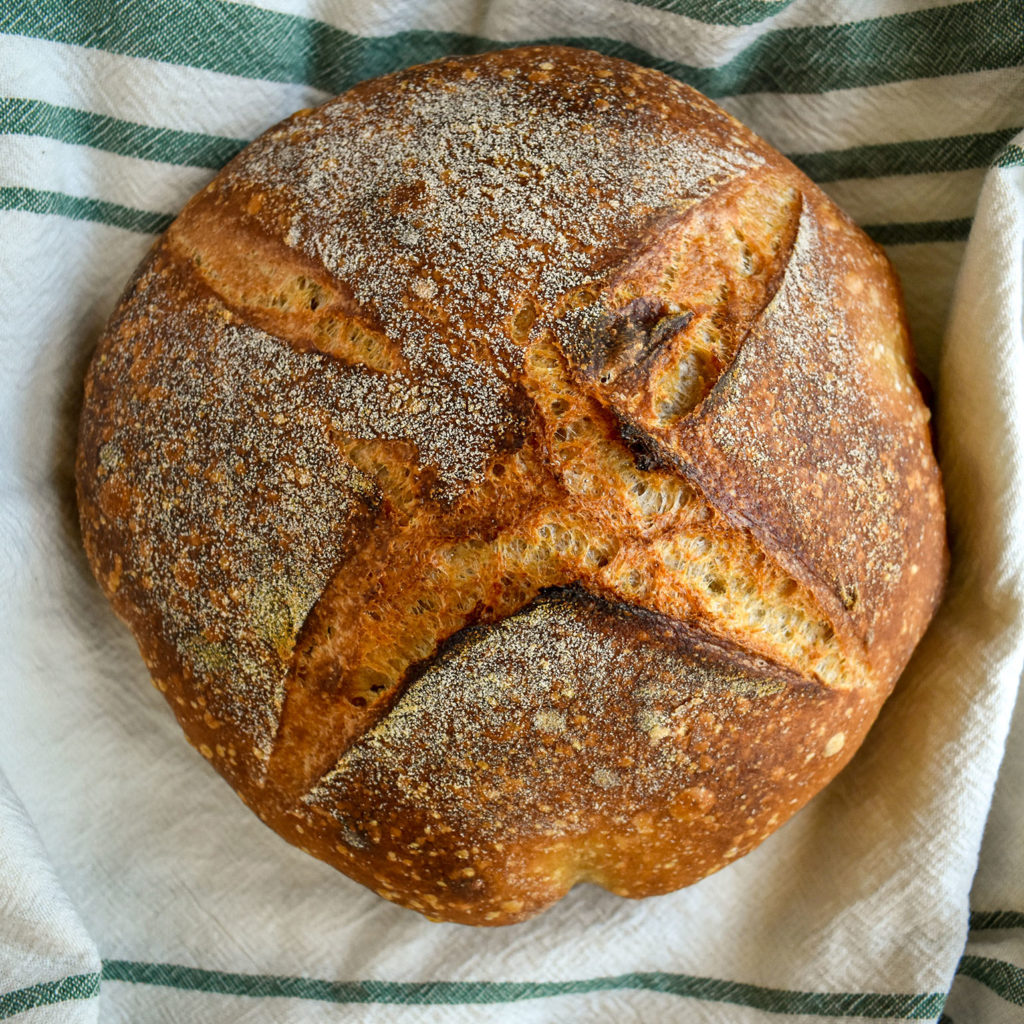
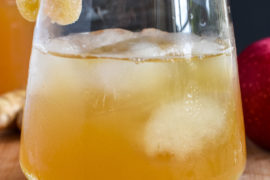
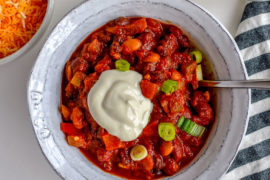
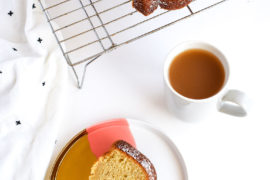
6 Comments
That’s a wonderful reason to rise to the occasion, making the breaking of bread with family and friends and new friends, more memorable. It’s a journey, it’s therapy, it’s love.
I 100% agree with you Jeannine. Baking bread is love and all cooking is memorable and creates memories.
Why do you use rye for your starter and why is it tricky. Novice here
Hi Marguerite! I use rye in my starter because it makes it super active and bubbly. It took my starter a long time to really get active, and I swear that rye flour is what did it! I only add in .5 oz, so a very small amount but it makes a difference. And what I meant is that it can be tricky to find rye flour at your local store. Happy baking!
Hi there, I have a question about the methos of combining the ingredients for a rustic crusty artisan bread.
I started off doing it all by hand which was pretty successful. Then I got given an old Kenwood stand mixer and I have tried that a few times with a dough hook. What I’ve noticed is that when using the stand mixer the dough is a lot tougher and less plyable. It also feels more dense. I can’t really say the final outcome is different but I just wondered if the method of combining and the tools used makes a difference because initially I thought it was the fact that I had used a different brand of flour but I’ve since ruled that out.
Thank you so much.
Nicks
Hey Nicks! I’m not sure I’m going to be able to answer your question. I do everything by hand- in fact, I don’t even own a stand mixer. Like you did with the flour, I would try looking at all changes (weather could be a big one) and try to figure out whether it’s using your Kitchen Aid or something else. I do know that mixers bring more oxygen into the dough, so I don’t know if that could be impacting the texture? Good luck!